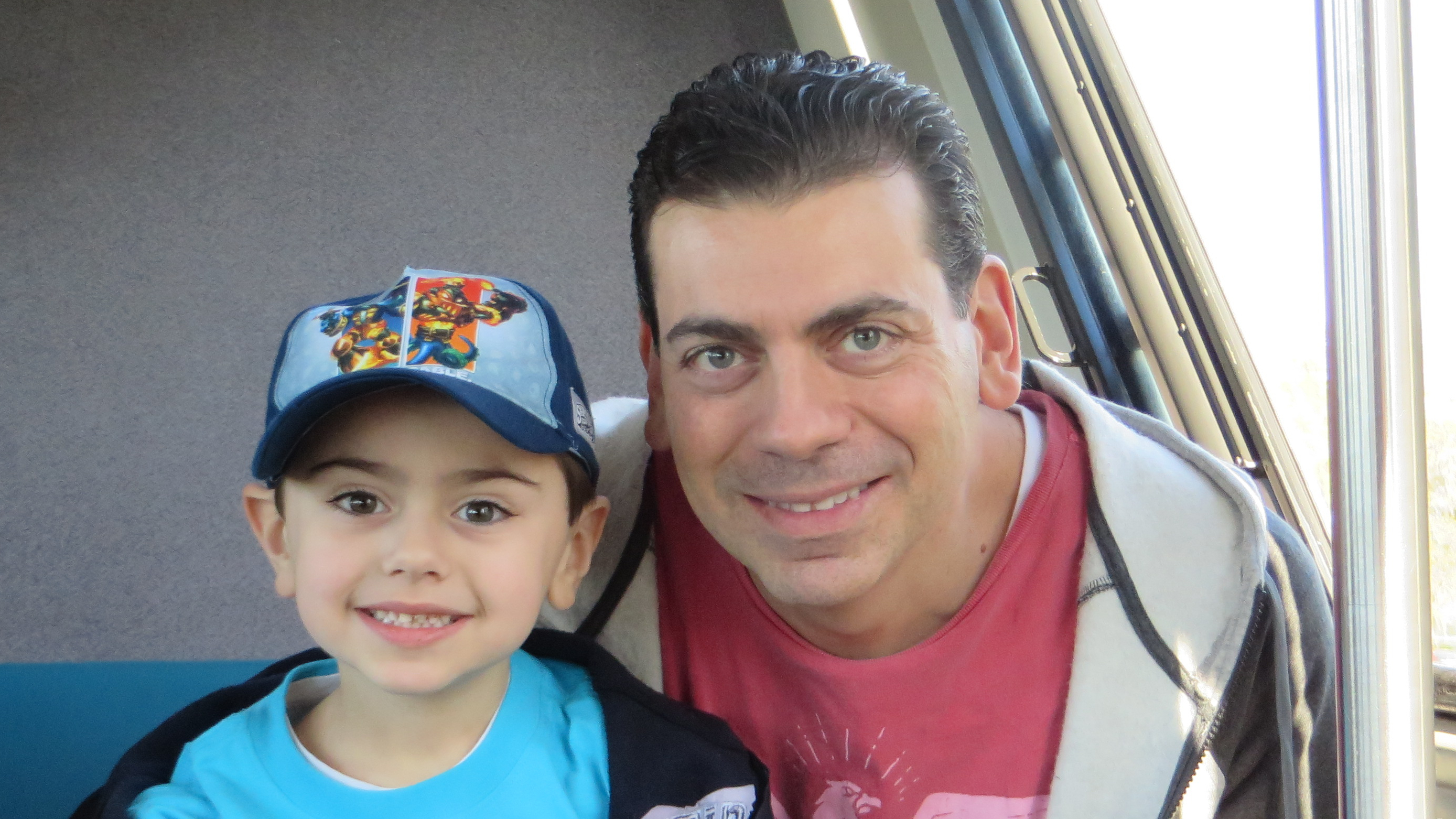We’ve all been there, situations that require us to perform at a high level. These situations are either a one-time event or a series of events over a period of time. As a leader it’s not only your performance that must shine, but also those around you.
With the holidays upon us, stress may rise and pressure situations may present themselves. Whether it’s end of year revenue targets or performance goals that need to be met.
Are you ready to finish strong while getting ready to start strong in another two weeks?
As 2016 winds down, let’s explore why some people struggle to perform under pressure and stress, while others excel.
The Distinction Clutch Performers Make
One key to rising to the occasion lies in understanding the difference between stress and pressure. At first glance, the two may seem like near synonyms. However, high-performers deal with them differently, which allows them to focus their resources most effectively.
The psychologist Dr. Hendrie Weisinger hones in on the distinction between stress and pressure. In his view:
- Stress involves situations where there is an overabundance of demands, but not enough resources (in the form of time, money, and energy) to address them.
- Pressure, on the other hand, refers to circumstances where an important outcome is at stake, which depends on a performance of some kind.
Consequently, coping with stress and responding to pressure entail distinct goals. Per Weisinger, an individual facing stress aims to reduce the strain they are under. In contrast, the person under pressure is focused exclusively on results. In some sense, they must use tension they experience as a springboard for effective action.
Mindfulness as a Differentiator
High-performance athletes, musicians, and business people frequently refer to getting into “the zone,” which describes a state-of-mind where they are completely absorbed in the task at hand and therefore able to devote 100% of their energy to accomplishing it. By training their minds and emotions they learn to exclude extraneous information, which allows them to concentrate exclusively on what is essential.
The key here is to gradually turn emotional reactions into involuntary (positive) habitual actions rather than voluntary choices to continue moving forward through adversity. This takes the stressful part of making a decision under pressure completely out of the equation; a decision will automatically be made through reinforced habitual action. Those who operate best in these situations, focus on changing their habit loops proactively until even the most challenging tasks don’t seem like hard work anymore.
Neuroscience and Your Leadership
In contrast, chronic stress undermines focus, mindfulness, and resilience. In fact, it floods the body with the so-called ”stress hormones,” most notably cortisol, which activates the “threat response.” The problem here is that high levels of stress hormones ultimately deplete our energy reserves. In particular, constant stress–most notably when we sweat the small stuff–leads to burnout.
Brain research and the study of neural dynamics in organizations reveals that leaders who consistently trigger a “threat response” undermine outcomes. For example, studies involving neuroimaging show that the fight or flight response diverts oxygen from the most advanced regions of the brain–most notably the prefrontal cortex–where creativity, problem-solving, and novel ideas are processed. Consequently, chronic stress deprives both individuals and teams of the flexible thinking and mindfulness they need when the stakes are high.
Conversely, leaders who can tap or trigger the brain’s “reward system” will foster both resilience and self-confidence in their teams. They accomplish this by communicating in ways that keep individual team members engaged, motivated, and confident that they have an important role to play.
The self-aware leader understands how they themselves handle pressure. Therefore, they can give their team a head’s up as to what to expect in terms of their demeanor and communication style when the heat is on.
Knowing a boss is going to be terse, detached, or fired up in high-pressure situations provides the social cues that helps reassure team members during tense times. This helps everyone to stay on the page while minimizing the “threat response” that undermines efficient action.
Takeaway
For a leader, the important thing is to be able to distinguish between stress and pressure so that they can marshal energy efficiently when the stakes are high. They also need to communicate expectations to team members so that they can function optimally under pressure too.
Both experience and neuroscience show that leaders who can cultivate self-awareness and convey clarity of purpose during crunch time can tap mental resources when they are needed most. That’s often the deciding factor when it comes to grace under pressure and delivering in a pinch.
ABOUT THE AUTHOR:
Michael Iacona has 20+ years’ cross-industry experience within large multinational companies, works with start-ups and earned dual Masters degrees – an MBA from Columbia Business School and an MS in Information Systems from Pace University. Having built, led and managed small and large teams, Michael continual evolves his management style. He leads by example and fosters open communication and enjoys coaching team members, capitalizing on their unique talents.










